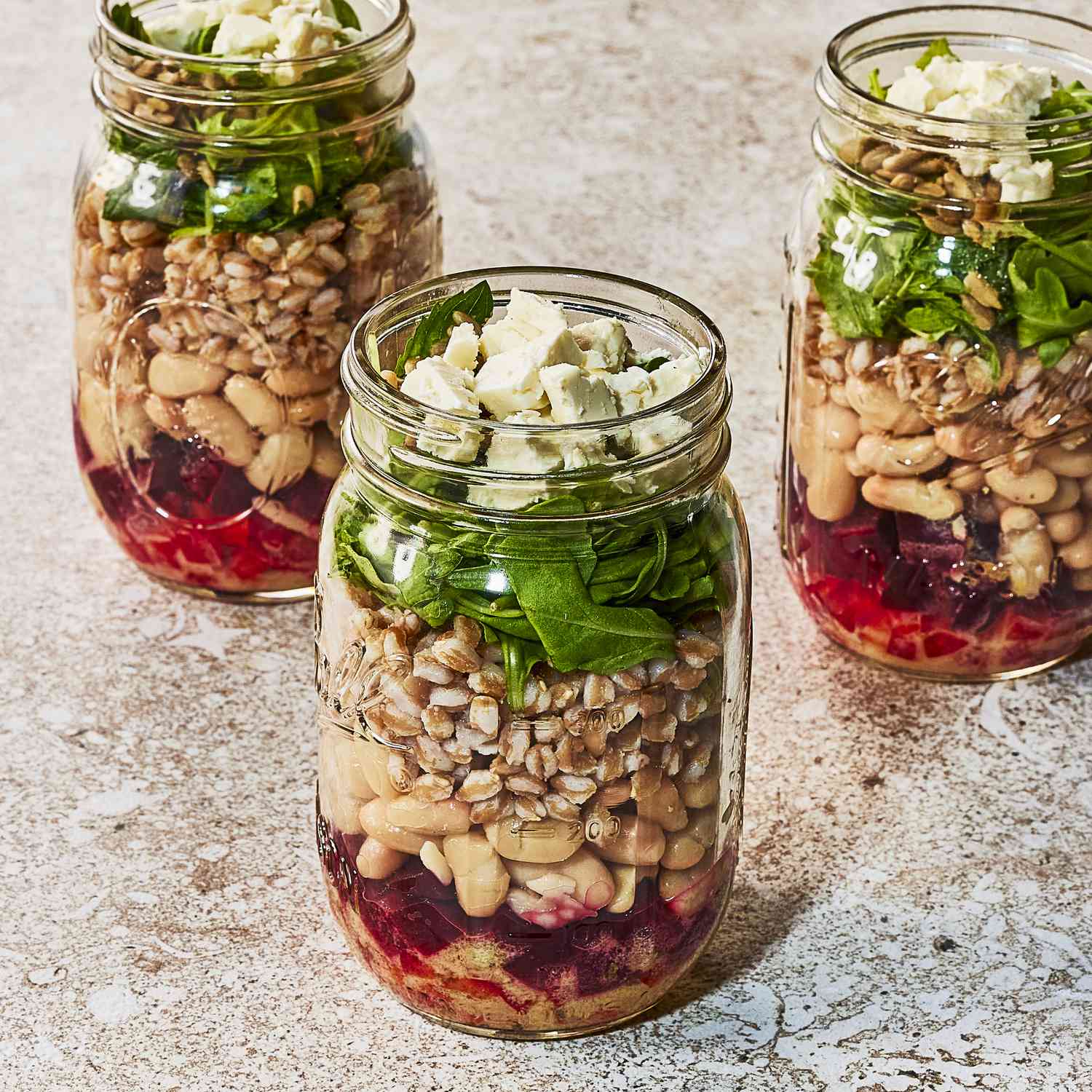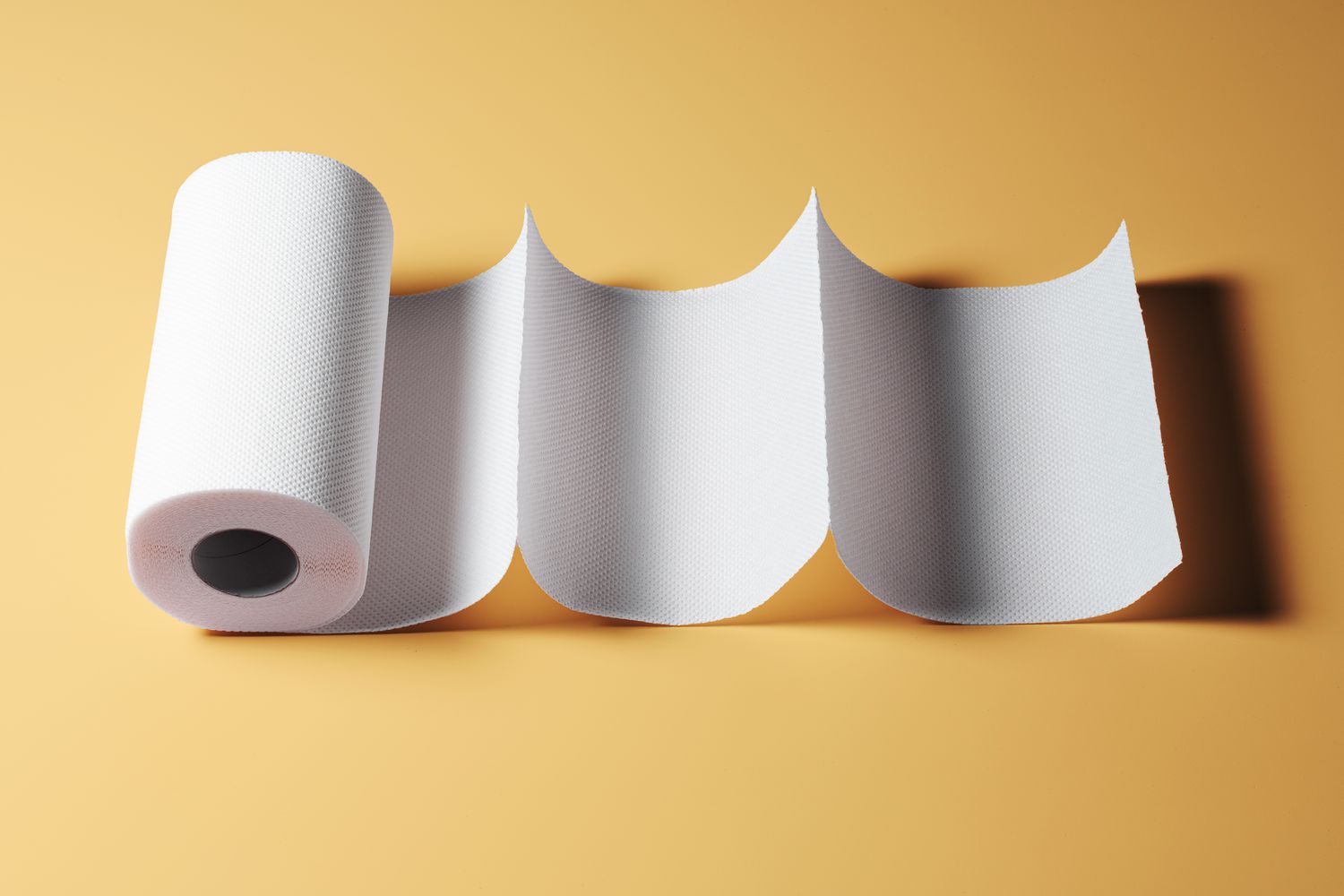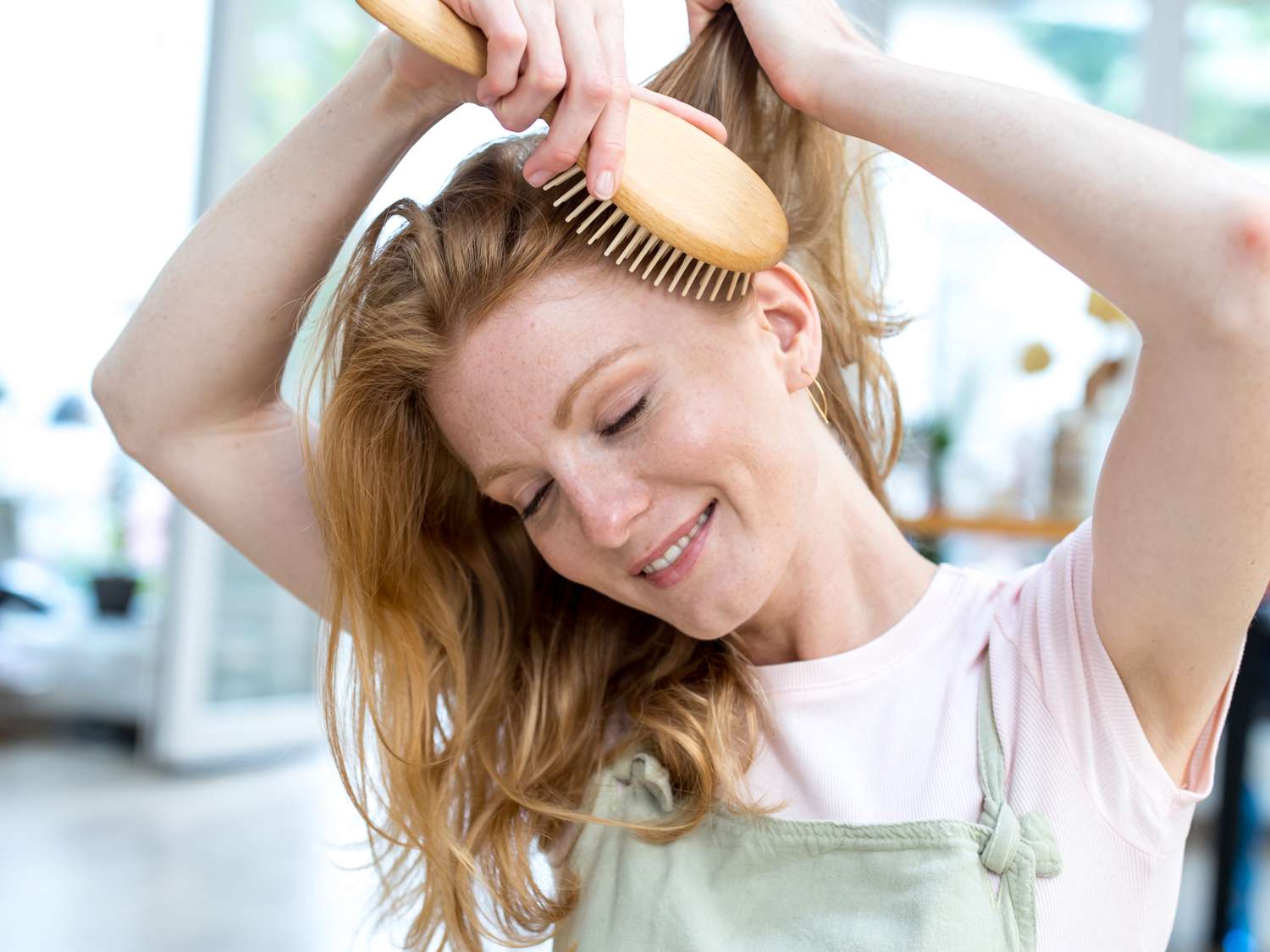
How to Work With—Not Against—Your Skin Type, According to Ayurveda
“], “filter”: { “nextExceptions”: “img, blockquote, div”, “nextContainsExceptions”: “img, blockquote, a.btn, a.o-button”} }”>
Heading out the door? Read this article on the new Outside+ app available now on iOS devices for members!
>”,”name”:”in-content-cta”,”type”:”link”}}”>Download the app.
You probably know that skin care is not a one-size-fits-all endeavor. Taking care of your complexion is highly personal, meaning what works well for a friend might not for you due to any number of factors. Thats where Ayurvedic skincare is essential.
According to the ancient science of Ayurveda, your skin’s condition directly reflects your internal balance. This personalized approach enables you to demystify the right skincare for you by helping you understand and address the causes, not just the symptoms, of any imbalances you may experience.
Ayurveda is based on knowing your dosha, or body type, which allows you to further understand yourself and your unique needs. Each dosha—vata, pitta, or kapha—is shaped by a blend of the five elements—ether, air, fire, water, and earth. This plays out in all aspects of life, including your skin type.
For example, when not in balance, vata skin tends toward dryness, like the airy and erratic weather of the autumn whose traits it shares. Pitta skin shares the warm, fiery characteristics of summer and is prone to inflammation, redness, and puffiness when internal or external heat is excessive. Kapha resembles damp, heavy spring and can lead to oily, congested skin.
“When you tailor your skincare to your unique makeup, you honor your natural balance and address skin needs specific to you,” explains Ayurvedic skincare expert Martha Soffer, founder of Surya Spa.
Soffer emphasizes the benefits of a holistic approach to dosha-specific skincare. “It’s not just about what you put on your skin, but also how you nourish yourself from within,” she says. “By addressing your whole body, your whole system, you can create radiant skin that truly reflects your inner wellness.”
Knowing this can help you discern not only what doesn’t work for you—such as your friend’s facial oil—but also what supports your healthiest, most luminous skin.
How to Practice Ayurvedic Skincare for Your Needs
Although your primary dosha—vata, pitta, or kapha—influences your overall well-being and needs, your skin may tell a different story. For example, you could be a pitta dosha with vata or kapha skin. And this
Your skin’s dosha can also shift seasonally. Winter, for instance, tends to increase dryness for all skin types but most significantly for vata. Similarly, life stages influence skin: kapha dominates from birth to 25, explaining the potential for acne; pitta rules ages 25 to 60, resulting in less oil and increased sun spots; and vata influences the skin from age 60 onward, causing dryness and wrinkles.
As you discern which traits align most closely with your skin, apply dosha-specific Ayurvedic skincare principles to your everyday routine. You’ll optimize not only your immediate appearance but your skin’s intrinsic and long-lasting health.
Vata Skin | Delicate and Dry
Characteristics
Vata skin include a tendency toward being dry, thin, and delicate with small pores, fine lines, and wrinkles. Those whose dosha is predominantly vata commonly experience digestive irregularities, which affects nutrient absorption and affects the skins’s microbiome, making it difficult to benefit from topical hydrating products. This can exacerbate dry skin and cause roughness, flakiness, and conditions such as eczema.
The dry, windy climate of autumn and early spring exacerbates the dryness of vata skin.
How to Nurture Vata Skin
Hydration, both topically and internally, is essential in maintaining skin health for vata. Being predisposed to dehydration affects your body’s overall function, including how nutrients are absorbed and utilized, which in turn affects your skin.
Rely on rich balms and oils, such as sesame or almond, to moisturize regularly. Apply a weekly hydrating mask, such as one made with avocado and honey. Also, consider using a humidifier.
A diet that supports healthy digestion can, in turn, promote better nutrient absorption and skin health. “Focus on healthy fats like oils, ghee, and soaked almonds,” advises board-certified dermatologist Dr. Asmi Berry. Research suggests the consumption of almonds can play a role in reducing wrinkles, supporting Ayurveda’s emphasis on its beneficial fats. Also, minimize cold foods, such as raw salads, and dehydrating foods, including caffeine and popcorn. Favor hydrating meals, such as warm soups, whenever possible.
Best Products for Vata Skin
This serum provides a hydration boost thanks to its blend of five different hyaluronic acids, which works on multiple layers of the skin to plump and hydrate, provide lasting moisture, and support the skin barrier.
StriVectin SD Advanced PLUS Intensive Moisturizer $82
The peptides in this moisturizer reduces visible wrinkles by boosting collagen, elastin, and hyaluronic acid.
Rossi Derm MD The Night Synthesis $198
This night cream is designed to smooth fine lines and wrinkles, restore elasticity, and calm skin irritation.
Pitta Skin | Warm and Sensitive
Characteristics
Pitta skin is characterized by being warm, often with freckles, with medium pores and a slightly oily T-zone. The excess internal heat that accompanies pitta dosha can lead to an inflamed gut that sometimes manifests as rosacea, hives, and chin acne.
Summer, which is pitta season, aggravates these tendencies.
How to Calm Pitta Skin
To soothe Pitta’s fiery nature, rely on skincare products that include cooling ingredients, such as aloe vera and cica. Regularly use a mask that incorporates these and other pitta-pacifying ingredients, such as cucumber and yogurt. Minimize your sun exposure.
You can also rely on “cooling, anti-inflammatory foods,” explains board-certified dermatologist Asmi Berry. She recommends greens, cucumbers, melons, and aloe vera juice, among other nutrient-dense ingredients. “Research supports green tea polyphenols and omega-3s in walnuts and flaxseeds as potent anti-inflammatories for skin health,” says Berry.
It can also help to minimize spicy foods and practice calming activities, such as meditation and cooling breathwork such as Sitali Pranayama (Hissing Breath), Sitkari Pranayama (Whistling Breath) and Bhramari Pranayama (Humming Bee Breath).
Best Products for Pitta Skin
Laneige Cica Sleeping Mask $34
This mask is bolstered by forest yeast extract, believed to be even more potent than traditional cica. The mask hydrates stressed skin and supports its moisture barrier.
La Roche-Posay Cicaplast Balm B5 Soothing Therapeutic Multi Purpose Cream $17
The cream combines soothing panthenol with nourishing shea butter and glycerin. Enriched with all-natural, phytochemical-rich Madecassoside and essential minerals, it visibly reduces the appearance of irritation and inflammation, including puffiness.
Dr. Jart+ Cicapair Tiger Grass Color Correcting Treatment SPF 30 $54
This color-correcting product starts green and blends into a natural beige to neutralize redness and even out skin tone. Gentle enough for sensitive skin, it includes a mineral-based sunscreen and leaves a natural semi-matte finish.
Kapha Skin | Oily and Congested
Characteristics
Kapha skin is characterized by smooth, thick, and sometimes oily presentation. While less prone to wrinkles, it’s susceptible to clogged pores, puffiness, and breakouts, particularly along the hairline and sides of the face, commonly due to sluggish digestion and toxin buildup.
This skin type aligns with the damp, heavy season between late winter and early spring, reflecting kapha’s inherent qualities.
How to Invigorate Kapha Skin
Herbs that promote detoxification, such as neem, are beneficial in addressing kapha’s tendency towards congestion. Also, apply a detoxifying clay and turmeric mask regularly.
“Kapha types have slower metabolism and water retention, making movement essential for circulation and detoxification,” explains Berry. “It reduces excess sebum production and improves lymphatic drainage, preventing breakouts.”
Incorporating bitter and pungent foods, such as ginger and green tea, can alleviate congestion. Dry brushing is also helpful to stimulate the lymphatic system.
Products for Kapha Skin
CeraVe AM Facial Moisturizing Lotion with SPF 30 $15
This oil-free moisturizer and sunscreen works to strengthen your skin’s natural barrier with three essential ceramides, keeps things hydrated with hyaluronic acid, and soothes and calms with niacinamide. Additionally, it won’t clog pores or cause breakouts.
The Ordinary Salicylic Acid 2% Solution $7
This lightweight, water-based serum gently exfoliates the skin’s surface and also goes deep into pores to decongest skin and tackle breakouts.
Clearstem Sulfur SPOT&MASK $34
This spot treatment is a potent blend of sulfur, clay, zinc, and glycolic acid is designed to fight whiteheads and bacteria. It doubles as a mask to prevent future breakouts.










